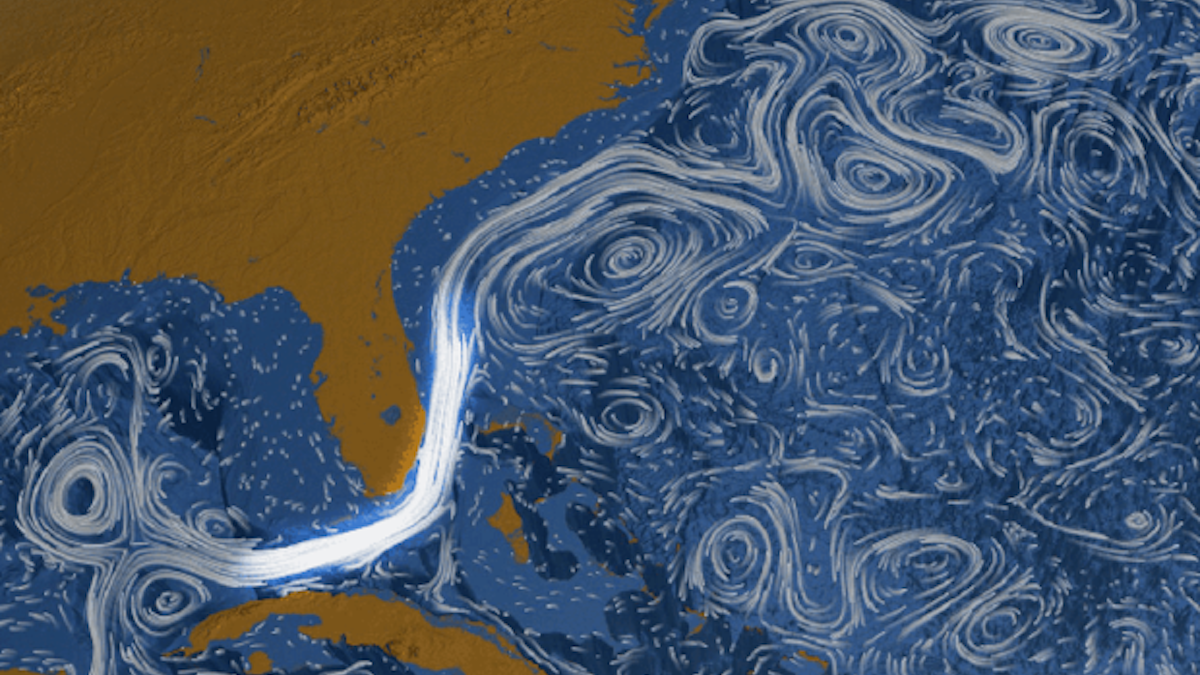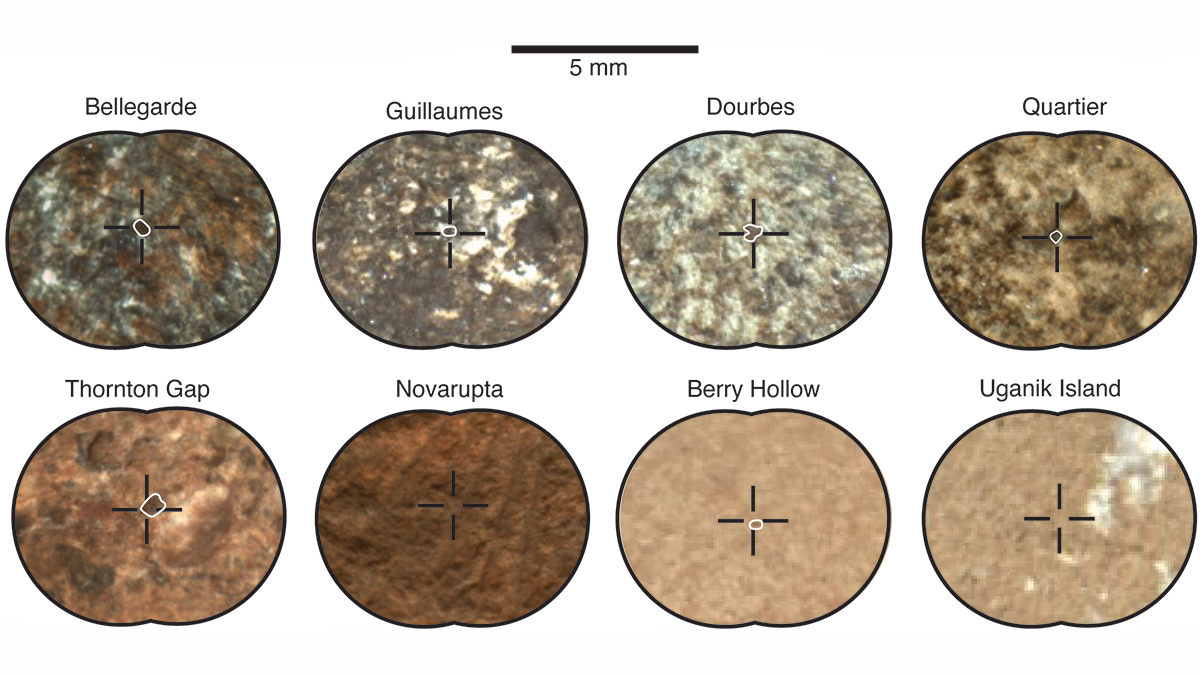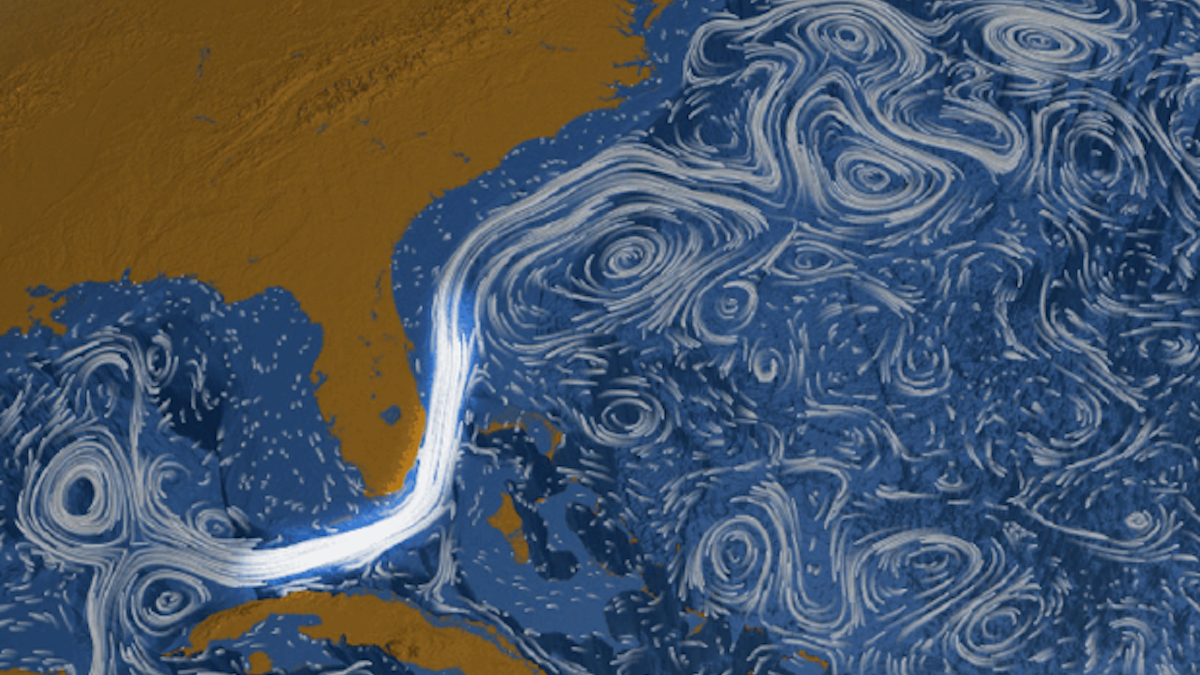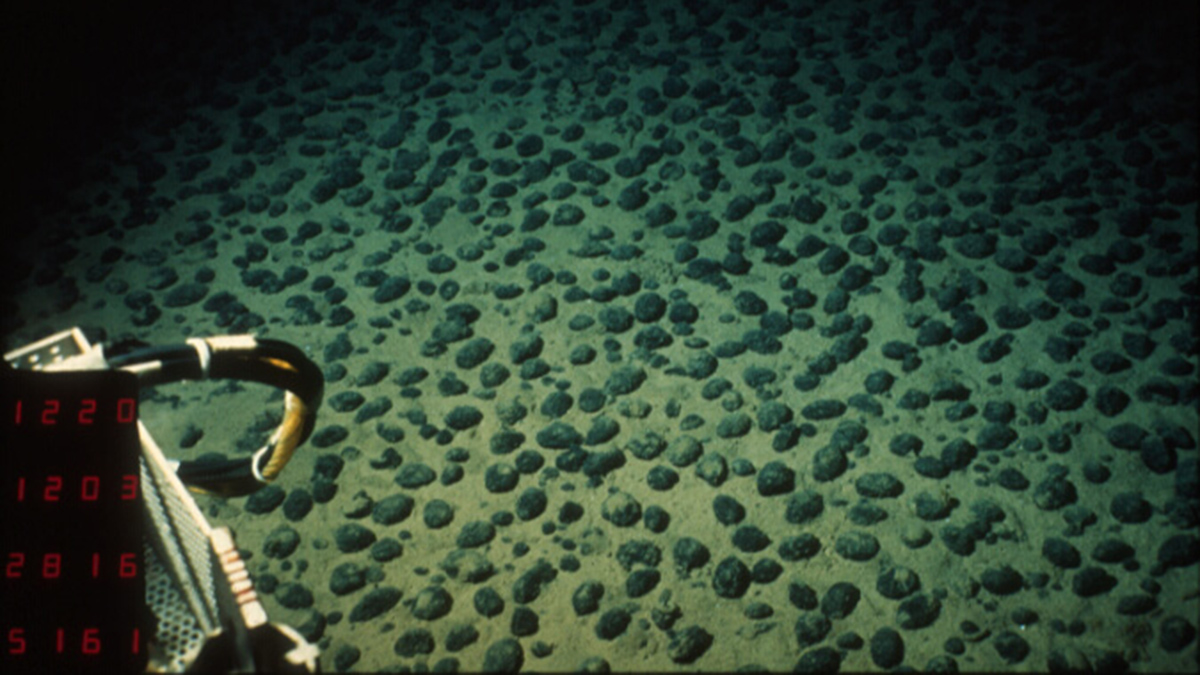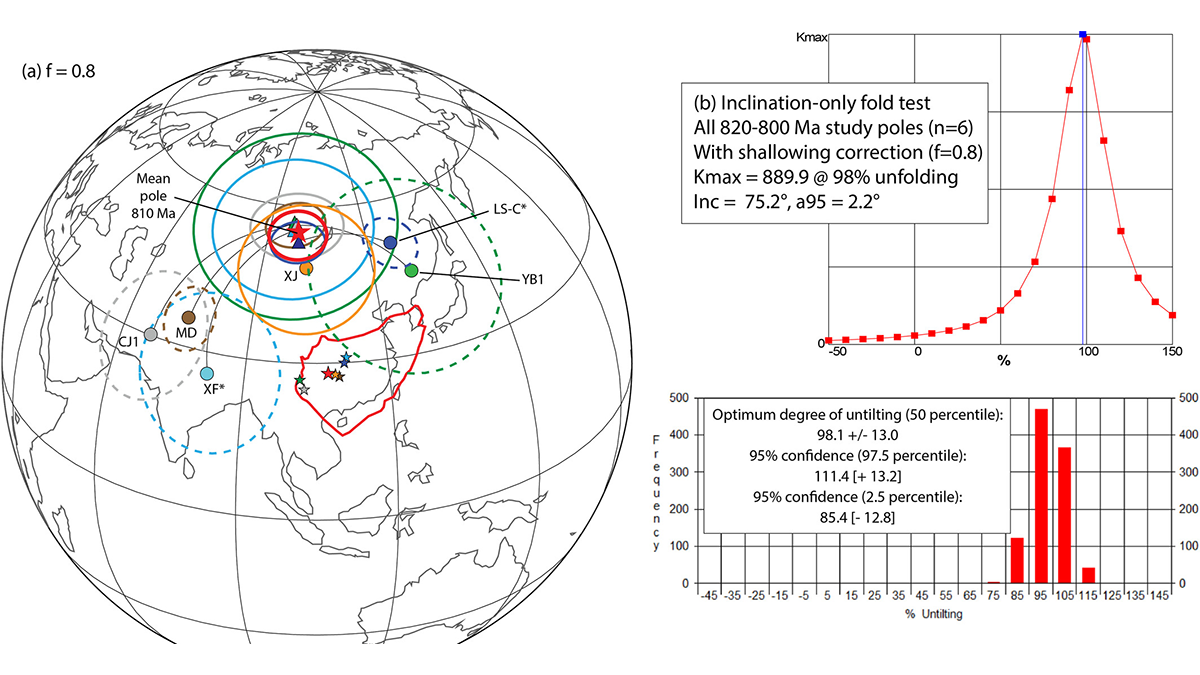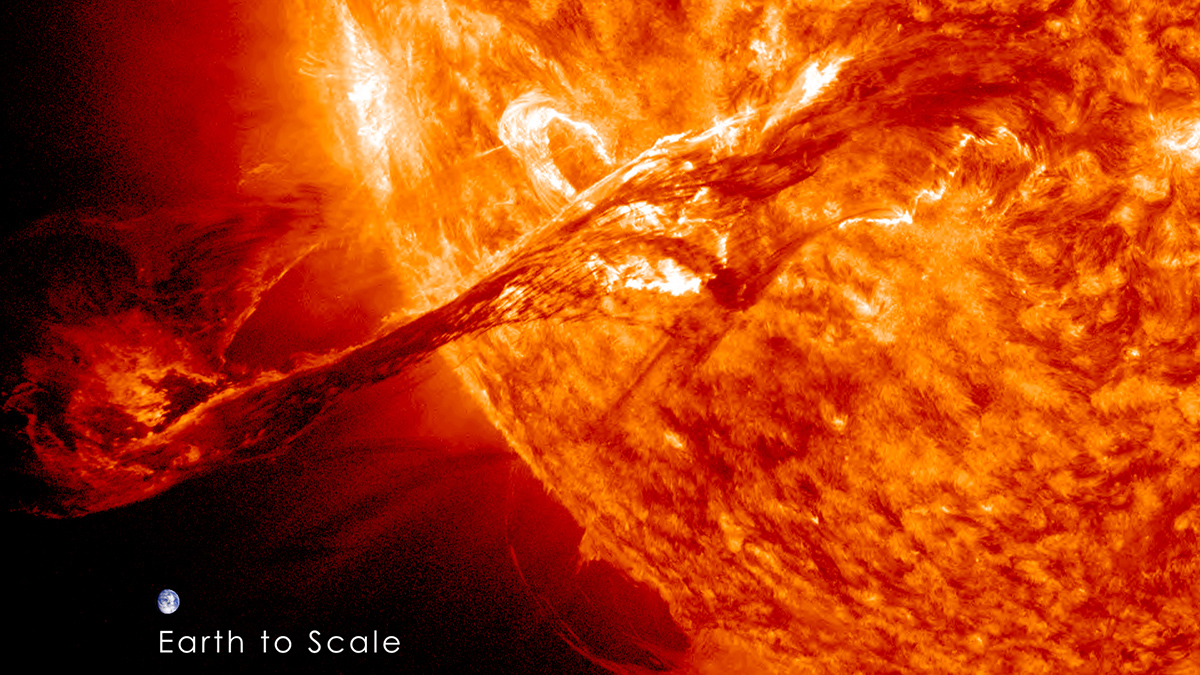New analysis of Voyager 2 observations shows that the craft arrived amid gusty solar wind, muddying our ideas about the giant planet.
magnetic fields & magnetism
La corriente de Florida podría estar desacelerándose, pero no por mucho
Una corrección necesaria a un conjunto de datos ampliamente utilizados redujo las estimaciones de los científicos de cómo se ha debilitado la circulación oceánica.
The Future of Martian Paleomagnetism
Samples collected by the Perseverance Rover have great potential for providing insights into the history of Mars’ magnetic field.
The Florida Current May Be Slowing Down, but Not by Much
A needed correction to a widely used data set reduced scientists’ estimates of how ocean circulation has weakened.
The Unexpected Role of Magnetic Microbes in Deep-Sea Mining
A new study highlights the co-occurrence of magnetic bacteria and polymetallic nodules and may offer insights into how the mineral-rich nodules form on the ocean floor.
Scientists Captured the First Glimpse of a Rare Polar Aurora
After a decade-long search, scientists captured a type of elusive aurora on camera.
Coronal Mass Ejection Gives Earth’s Magnetosphere Rare “Wings”
A massive disturbance in the solar wind caused Earth’s magnetosphere to fly without its usual tail.
Microbes Likely Form Magnetite in the South China Sea
Researchers sampled sediment cores and found that where magnetite was abundant, methane-producing bacteria were as well.


